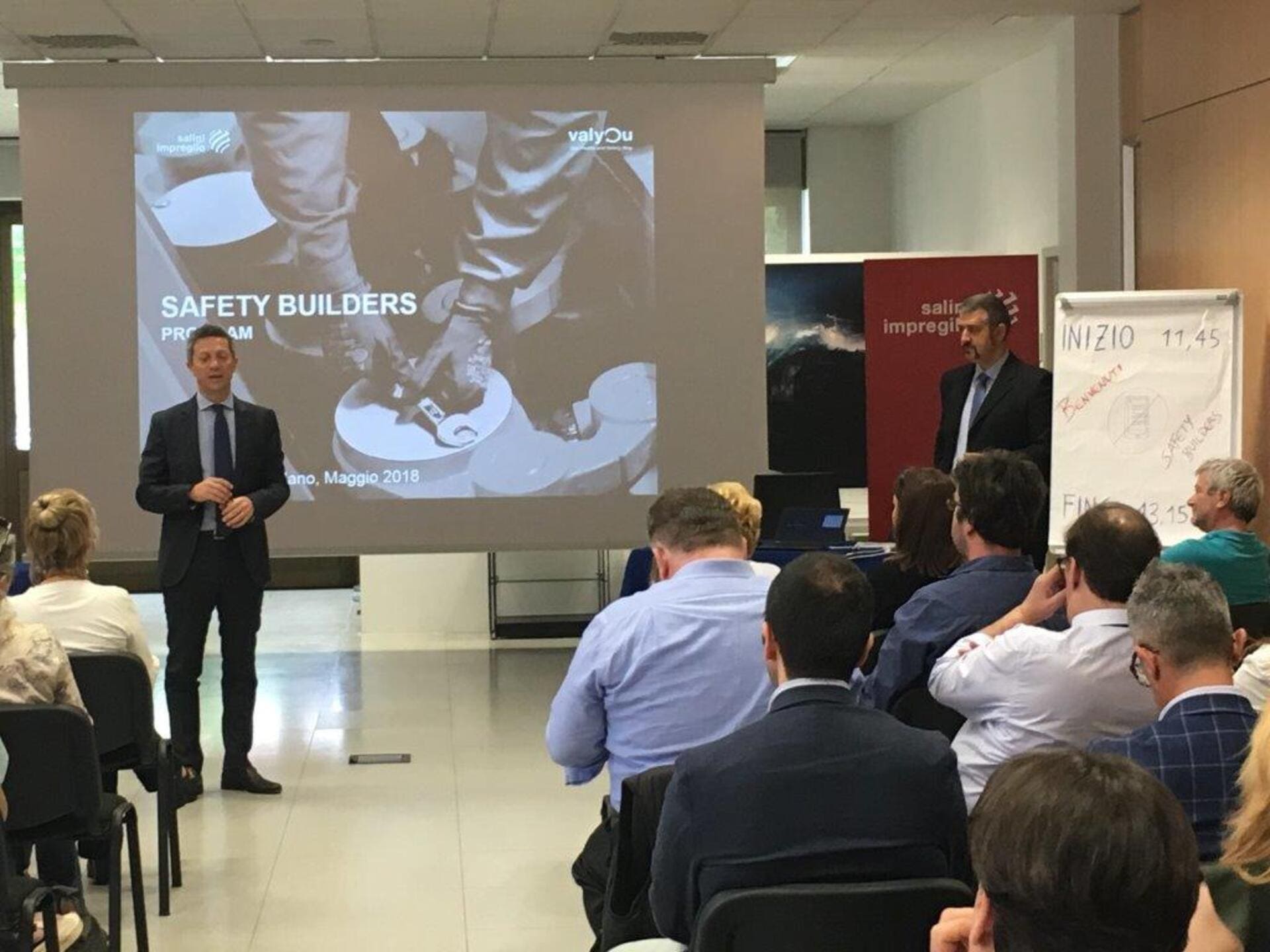Those eleven workers sitting on a beam suspended 250 meters above ground for the iconic photo “Lunch atop a skyscraper”, published in 1932 by the New York Herald Tribune, have been for decades the symbol of American resilience, pride and capacity to overcome the worst crisis. Today they represent everything that must not be done, nor tolerated, in the construction business.
Over the years, several curious anecdotes about that photo have come to light. It was not a photo of a candid, normal situation. The workers were real, the skyscraper too. The suspended beam was real, but the workers with their caps, office shoes, glass bottles in hand, cigarettes in their mouths, lunch boxes and one of them bare chested, were posing, and it took 100 attempts to get the perfect shot. In one shot you can even see one worker lying on the beam as if taking a nap.
The photo was an advertising stunt by the Rockefeller Center which, with its 260 meters (850 feet) in height, even though it has fallen to 22nd place among the highest in New York, is still one of the most visited places in Manhattan.
New rules for safety on construction sites
The power of that iconic image, taken during the Great Depression, still communicates the idea of an America capable of getting going again, even though today it represents ancient history in the construction world, which in the following decades took giant steps to increase safety standards on work sites. In the US the first step was the 1970 Occupational Safety and Health Act which created the OSHA federal agency that issue rigorous rules for construction workers safety.
It is still a current theme and at the beginning of May annual national campaign, Construction Safety Week, that this year had themes such as Strong Voices, Safe Choices. The leading companies of the industry, and the most innovative in terms of safety, shared internally and on social media their experiences during the pandemic and the use of new tools, such as drones and even artificial intelligence, to reduce further the risks for construction workers.
It is all part of what is called smart safety, the safety procedures modeled with the support of new technologies. Drones, robots, smart sensors placed on DPIs and mobile apps for tablets are all tools that are widespread nowadays on the most advance worksites. Virtual reality, for example, is another technological advance as shown by the simulators, used by the Webuild group, that allow workers to train by recreating perfectly the conditions of the work site. Another widely used technology is that of RFID, (Radio Frequency Identification), microchips that allow the tracking of workers, machinery and materials within a work site, allowing for a better management of their movements in areas with specific risks.
Robots on the construction site
The use of robots, especially in areas of a work site with the highest risk, is also customary nowadays among large builders. The robots decrease the danger for human beings and provide useful data analysis.
On the work site for the high speed rail line Turin-Lyon, Webuild tested its Axel robot, which stands for Autonomous Exploration Electrified Vehicle. It is a highly innovative remotely guided system, the first in the world able to substitute a man in the exploration of sections of tunnels or galleries that present health risks for workers. The robot is used today along 3 kms of tunnel with unknown environmental data, sent to scout ahead so that men can follow it safely. The name of the robot, Axel, is inspired by the protagonist of Journey to the center of the Earth, by Jules Verne, a story about the ambition to create machines able to go beyond the known boundaries while ensuring the safety of the workers.
In addition to exploring the depths of the Earth, robots can also manage entire factories. In Sicily Webuild has inaugurated the first totally automated factory for the production of ashlars used in the construction of high speed rail tunnels. The first of its kind in Italy, the factory will be able to produce an ashlar every 7 minutes (against 10 minutes in the absence of total automation). The factory envisages the positioning of robots along the entire production line, ensuring a reduction in delivery time and greater safety in the realization of ashlars that will be used to complete the railway’s tunnels.
Safety in Webuild's work sites
On the job safety today has become first of all a cultural theme. The Webuild group has been involved for years in the promotion of a culture of safety in its work sites, integrating new technologies with a a greater shares awareness among the workers themselves.
With this goal in mind, in 2017 the Group launched the Valyou program, dedicated to the 80,000 people in 50 countries currently employed on its worksites. The program aims to create “safety builders,” aware and careful workers who are trained with a shared cultural program developed through training and communication activities. The program delivered 9,000 training hours in just 2 years, organized 120 workshops around the world, reaching 10,000 people. In terms of Covid-19, Webuild activated innovative measures to protect workers’ safety, training 650 safety controllers and training 50,000 workers on the risks of the pandemic and the appropriate safety measures. Overall, 900,000 face masks were issued and 12,000 inspections on work sites carried out. An effort that ensured that work sites remained active even during the worst times of the pandemic, delivering iconic structures like Genoa’s Ponte San Giorgio in record time.


